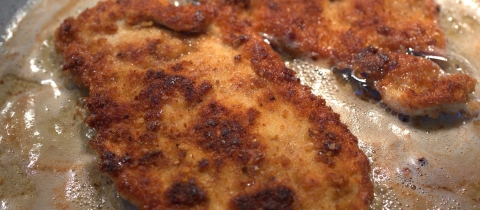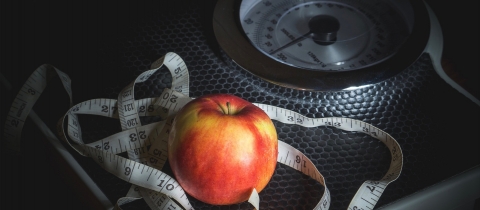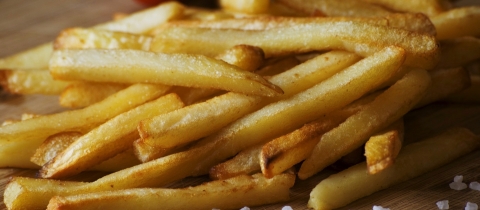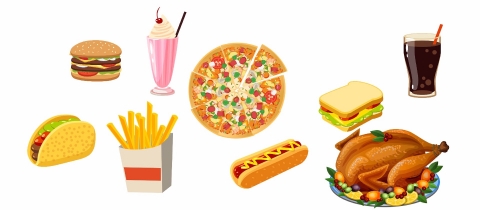Apples are not artificially colored. Neither are tomatoes, blueberries, green peppers, carrots or spinach. Whole grain bread is not dyed. There are no colorants in grape juice or milk. And these are the foods and beverages we should be encouraging our children, and in fact ourselves, to consume. It is important to point this out in the context of the media frenzy generated by a study in Britain linking certain food dyes, as well as the preservative, sodium benzoate, to hyperactivity in children. The fact is that even before this study, the significance of which is debatable, nutritional experts have long counseled that foods with loads of additives should be consumed in a limited fashion. This is not necessarily because of any risk associated with the additives per se, but because the additives are hallmarks of processed foods which tend to be high in sugar, fat and salt, and low in nutrients. What the current study does provide is more ammunition for parents in the battle to steer children away from junk foods.
A link between certain food additives and ill behaviour in children was first proposed by pediatrician Benjamin Feingold back in the 1970s. He claimed that eliminating additive laden foods eliminated hyperactivity in many children. The idea was controversial and widely criticized. Some suggested the results were due to wishful parental thinking, or just a general improvement in diet by cutting down on processed foods. But now British researchers have found scientific evidence for the additive hyperactivity connection in a trial involving 153 three year olds and 144 eight and nine year olds. Half the children were given a mix of four food dyes and the preservative sodium benzoate dissolved in a fruit drink, while the other half were given a placebo beverage that looked and tasted the same. Neither the children, the experimenters, nor the parents or teachers who were asked to evaluate the kids’ behaviour knew who was getting what. Final analysis of the results revealed a slight increase in hyperactive behaviour, judged to be about 10%, in the group consuming the additives. What does this mean? Was one specific additive responsible? Can’t tell. Was the effect due to some synergistic reaction between the additives which would not be seen if they were consumed alone? Can’t tell. Could it be that when added to food, these chemicals show a different effect than when lumped together in a drink? Can’t tell. And how realistic are the amounts? Two combinations of additives were tested. One dose was equivalent to about that found in two bags of sweets a day, the other was equivalent to four bags. Those are pretty significant amounts and may not be reflective of what kids actually consume. But, who cares about all this? Do we really need more evidence to get kids to cut down on soft drinks, candies, cakes or sugar-laden gelatin desserts? I don’t think so. But this study will have some fallout. Industry will take aim at what it will call methodological flaws. Food faddists will say “I told you so,” and portray all additives as toxins. And governments will take steps to eliminate some of the additives. But replacing brightly colored candies with anemic looking ones is not going to solve our nutritional problems. Urging kids to eat apples, oranges and nuts instead of fluorescent candies will.







